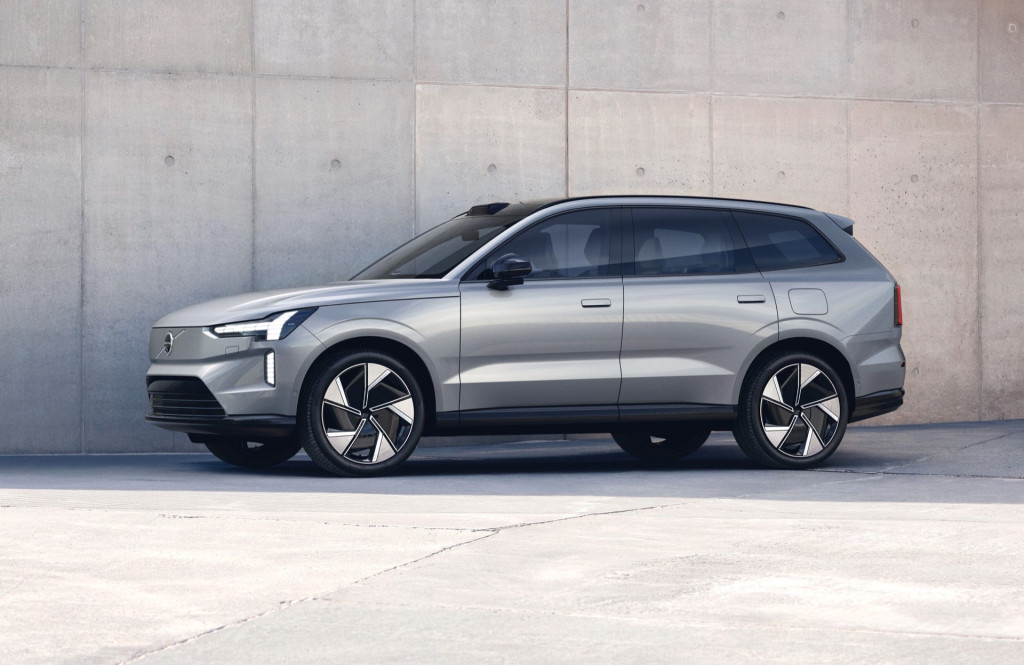Volvo is planning to expand its EV lineup at the behest of parent company Geely, Reuters reported Thursday.
The automaker plans to launch six new EVs through 2026, according to the report, which cites two anonymous sources with knowledge of Volvo’s product plans.
Volvo was already no slouch in the transition. It was one of the first brands to announce that it’s going all-electric—by 2030, in its case, and just last year Volvo Cars’ top executive said that they’re expecting price parity with gasoline models around 2025.
2023 Zeekr 009
But now, in addition to electric versions of its current lineup of sedans and crossover SUVs, Volvo is planning some models aimed specifically at Asian markets, according to the report.
Among the new models is a luxury van based on the Zeekr 009, a model from one of Geely’s Chinese-market brands. Expected to start deliveries in China later this year, the 009 is a six-seat van with a claimed 0-62 mph time of 4.5 seconds. It also boasts a version of CATL’s latest cell-to-pack tech, affording an estimated range of 514 miles on China’s CLTC testing cycle (which could be close to 400 miles on the more stringent EPA testing cycle).
The van will have a more “emotional” design than current Volvo models, which is considered better suited to Chinese tastes, according to the report. Development work on both the van and future sedans will reportedly be handled by the automaker’s Shanghai development center.

2024 Volvo EX90
The emphasis on capturing more sales in Asia means these future Volvo EVs may not make it to the U.S. Volvo is currently selling the XC40 Recharge and C40 Recharge crossovers here, and both are due for a range boost and rear-wheel drive versions for the 2024 model year.
Volvo revealed the 2024 EX90 last November, although it still hasn’t provided spec-level details on that model. An executive did confirm that its hardware will be ready for AC and DC bidirectional charging—something that future Volvo EVs might follow toward a lower effective CO2 footprint if their packs are also used to help smooth demand on the electrical grid.
